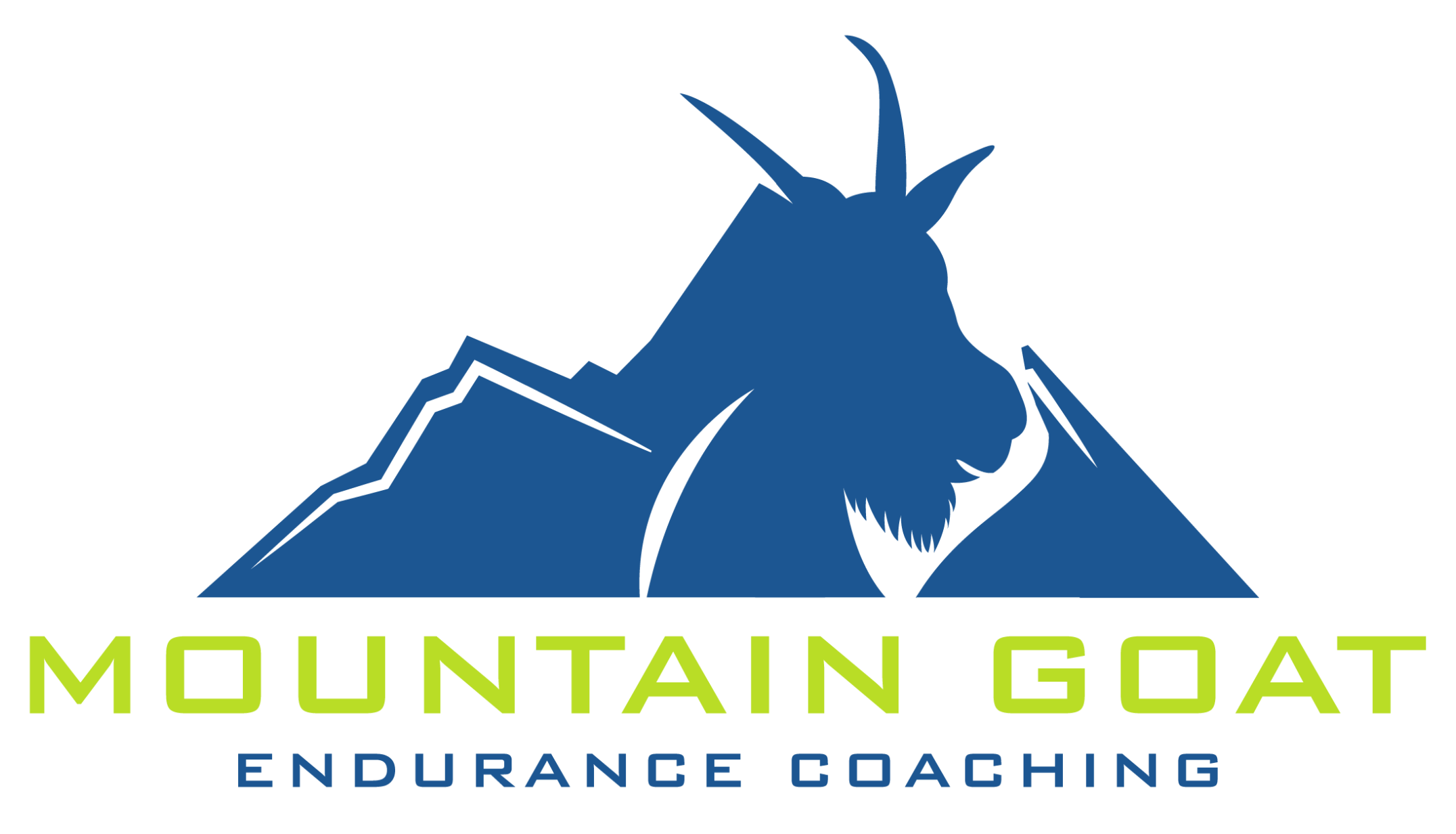When I was working as a ski lift mechanic, there was this old guy named Steiny.
He was an incredible mechanic and a wealth of knowledge.
He was also an old, crotchety pain in the ass.
But if you were willing to deal with his grumpiness, he was actually willing to teach you some things.
You just had to shut up and let Steiny be Steiny.
One thing he said that will live forever on repeat in my brain – much like an old, tired song you never want to hear again – was “look at it.”
Every time you were actively about to break something, he would chastise you in his very distinctive Steiny voice…
“Damn it, look at it!”
And while I hate to admit that it was that simple…
It usually was.
If I took about 10 seconds to look at the problem before trying to “fix” it, the answer usually became clear.
It’s one of those truths that feels too obvious to have been a lesson.
Yet here we are.
It’s almost a decade later and it still lives in my brain.
Thing is… I know I’m not alone.
Every day, I see people trying to apply solutions without actually looking at the problem first.
It explains a lot…
One thing it explains is people’s mediocre lifting form.
(See I got to the point eventually. Thank you for joining me in my ramblings…)
When someone asks me about their lifting form, my first question is always, “Did you take a video?”
The answer is almost always “No.”
Which makes it hard for me to actually be helpful.
Sure, I can take a guess because most people make the same mistakes in the same way on the same lifts.
But I can’t actually know unless I see it.
Now, I understand.
Filming yourself is weird.
You don’t want to watch yourself move and you don’t want people to judge you for pulling out your phone in the gym.
Unfortunately, it’s also probably the only way you’re going to get better at certain lifts.
So if you really want to get stronger, you should get used to pulling out the camera.
Because sometimes you just need to “look at it.”
Typically, when someone films themself lifting, they can usually spot the problem before even asking me.
“Did I get low enough in that squat…?”
[looks at film]
No. (Spoiler alert – if you have to ask, it’s “no” 90% of the time…)
“”Why did my deadlift feel weird?”
[looks at film]
Oh, I’m using my spine more than my legs.
“How does this single leg deadlift look?”
[looks at film]
Oh, my hip is pointing at the sky…
And then, in the instance you can’t figure it out yourself, you have a video to show someone who might be able to help you.
I know it’s weird.
Trust me.
Filming yourself in the gym can make you feel like you’re an aspiring Kardashian.
And as you can tell by my shitty social media presence… I’m not one of those types of people…
But it’s helpful enough that you should do your best to get over it.
It doesn’t matter what you look like, you’re just trying to get a side-view of your squat to make sure your form is good.
You don’t have to post it and nobody else has to see it.
Except maybe your coach.
And you shouldn’t care what that person two racks down thinks because his squat sucks anyway and he’d probably squat better if he pulled out the camera once in a while so he could see that he was really only doing a quarter-squat rather than lying to himself through the mirror…
Now, three rules about filming yourself in the gym.
1 – Don’t get in someone else’s way.
The gym is a shared space and you can’t expect to use an entire squat rack as a tripod during peak hours.
2 – You can’t get mad if someone walks in front of your camera.
Again, shared space.
3 – Please do not post videos of other people on the internet without their consent.
I mean… do I even need to explain this?
I feel like I shouldn’t have to say any of those things, but the internet has shown me otherwise.
So here we are.
That said, if you keep those things in mind, taking the occasional video of your lifts can really help you get better.
Best case, you answer your own question and nobody else has to see it.
Worst case, you have a video to show a professional who might be able to help you.
Sometimes you just have to look at it.
It applies to a lot of things, including lifting.
